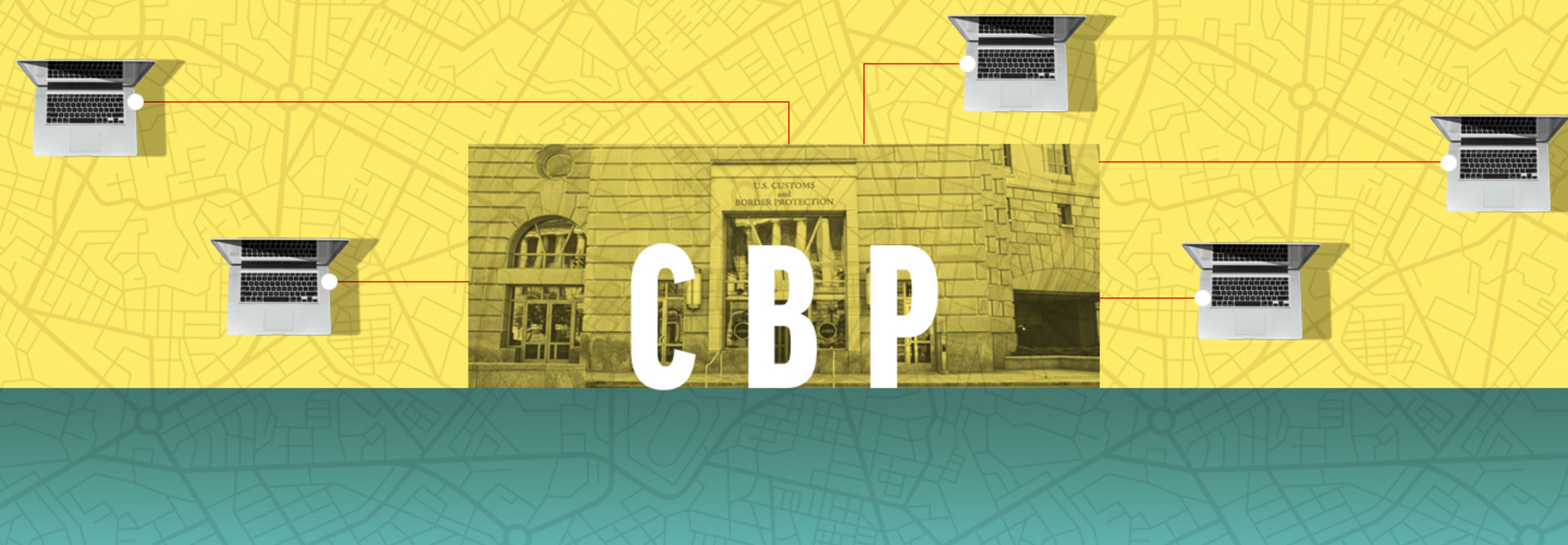FEDTECH: Have you seen a big increase in videoconferencing instances?
MAYS: Absolutely. Every meeting I’ve had this morning has either been on Webex or Teams. So we’re highly flexible. With some of our external partners, we actually use Zoom as well. Our meetings now are pretty much all virtual. I have a pretty large organization running the data center. Just a few people go in here and there to do hands-on things you can’t do from a remote posture. The work is getting done. We’re collaborating, sharing, discussing, all those things you want to do, whether it’s human communication, documentation reviews, engineering analysis, it’s all being done virtually.
So far, it looks like we’re doing really well. I’m not sure what that means for longer periods. Right now, I have a pretty mature and robust workforce. These people have worked together for long periods of time, they know each other, they know how they operate and interact with each other. We’re onboarding people now, and I don’t know if there will be any impact downstream if we’re in this posture for a year. But for the near term, we’ve done exceptionally well.
FEDTECH: What did you learn about your agency’s ability to handle telework that you didn’t know before?
MAYS: Most of it is good. I would have been apprehensive, on a personal level, about scaling too quickly. One of the things I have under my purview is our enterprise operations center, which is the nerve center for monitoring all of our applications and infrastructure, both on-premises meetings in the data centers and in the cloud. Having those people not there, having that only minimally manned, was a bit of a concern. But people are adjusting and using the collaboration tools, doing their monitoring from wherever they are physically, and it’s worked out well.
Obviously, there are some challenges. When you haven’t done something before, there’s some learning that’s required. It’s a little bit different from being able to turn to your left and 2 feet away would be a peer whom you could ask a question. We’re having to do that virtually, but we’re getting it done. People have become pretty comfortable with the reporting, the monitoring and all the follow-up actions for whether we have degradation or an outage or anything like that.
FEDTECH: What are you seeing across other business units in your agency?
MAYS: Inferentially, I think there have been a lot of requests for training in terms of collaboration tools, specifically Teams. I think we had classes that were co-produced by our Office of Information Technology and Microsoft that had over 3,000 people in them. Since we’ve been doing this, we may have trained somewhere between 5,000 and 7,000 people with the help of Microsoft. It’s been a really good partnership. If they’re asking for that training — and I do see a huge spike in the use of collaboration tools — that means they’re starting to do that as well. It appears on my side that they’re using the tools and hopefully improving their productivity.
All the things we’ve heard thus far have been incredibly positive. A lot of my peers have said they’re really surprised that we can keep all the tools and systems up and running. Even our mission-critical applications, we look pretty much like we do normally.
FEDTECH: How are you ensuring cybersecurity during a massive increase in telework?
MAYS: Almost everyone has government-furnished equipment, and they are tunneling in with a VPN. They are using their standard PIM cards, and they’re using their mobile devices, like an iPad or a cellphone, that have derived credentials. So in terms of security, I think we have the same sort of security level as we have at the office. And we also reinforce the rules of the road. Just because we’re working from home doesn’t mean we don’t have to follow the same sort of policy guidelines as we do at work. We have to ensure things like screen lock are in place, people should not be behind you or monitoring what you’re doing. I think we’re doing well. Those things are in place in terms of cybersecurity for us. That’s because it’s a part of what we do. It’s stressed a lot. It’s in our DNA.













